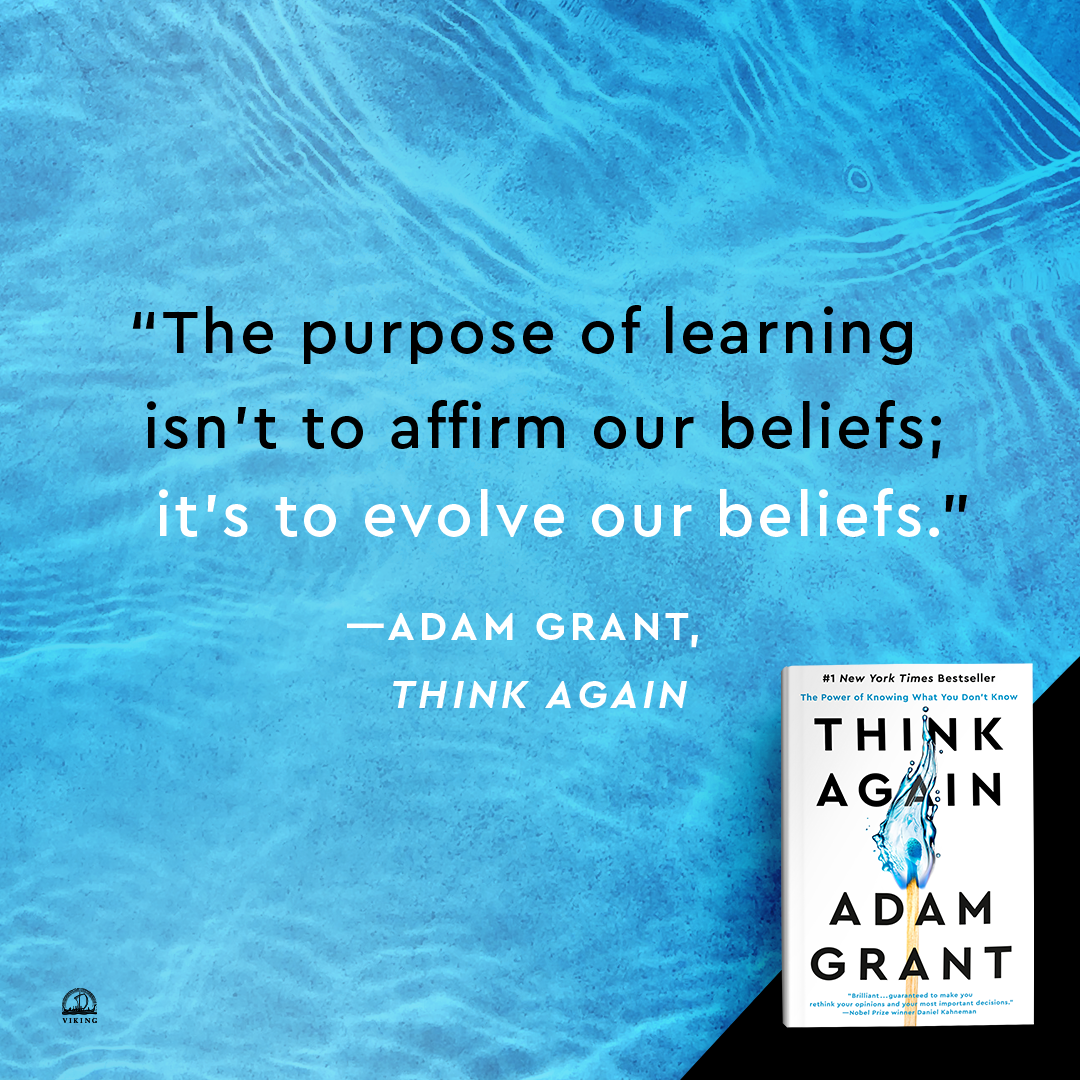You should (consider) changing your multiple choice answers
I vividly remember teacher after teacher telling me DON’T change my multi choice answers.
“Your first answer is most likely the most correct,” I heard their collective voices say.
You may have heard some similar advice. But what if this piece of conventional advice is wrong? What if we should think again about changing our minds — with multis and life in general?
This is the premise of a book by Adam Grant, an organisational psychologist, a bit of a rock star academic, who has best selling books, popular TED talks and a large following.
Grant has written a book titled Think Again. The tag line: “Discover how rethinking can lead to excellence at work and wisdom in life.”
Another few choice quotes:
“Embrace the joy of being wrong”
“You don’t have to believe everything you think”.
The reason the book stood out to me is because Grant has a section in the prologue focused on multiple choice questions. He discusses the conventional belief about not changing your first answers and then offers two contrary views.
First, he discusses that when a group of psychologists reviewed thirty‑three studies, “they found that in every one, the majority of answer revisions were from wrong to right”.
Second, he talks about how psychologists counted eraser marks on the exams of more than 1,500 students in Illinois. Only a quarter of the changes were from right to wrong, while half were from wrong to right.
So, what should you take from this?
Let’s start with something you should avoid: don’t second guess yourself as you go through the multis in an exam. Annotate the questions, eliminate the least likely and go for the most correct response (based on the key words of the question).
Here’s something you can apply from Grant’s work. When you are reviewing your multi choice answers, consider changing your response. Consider the fact that you may have another look, ‘think again’, and discover a more correct response. This is an acceptable strategy and, as the research shows, it can be an effective one.
Also, I suggest reading the whole book. It’s a really interesting read with lots of great real-world examples. Adam Grant’s book always make me feel wicked smart. Also, check out my video on the topic below.




